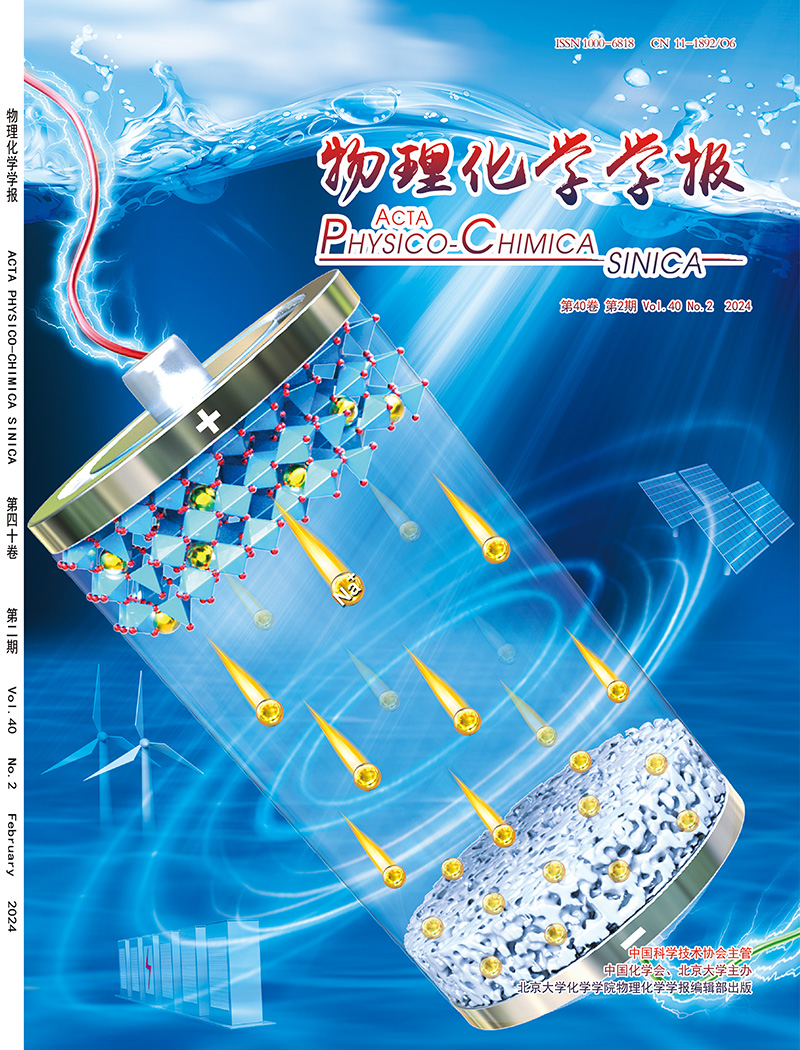Sulfur-doped carbon dots: a novel bifunctional electrolyte additive for high-performance aqueous zinc-ion batteries
IF 13.5
2区 化学
Q1 CHEMISTRY, PHYSICAL
引用次数: 0
Abstract
Aqueous zinc-ion batteries (AZIBs) have gained considerable attention as next-generation energy storage devices due to their inherent safety, environmental friendliness, and cost-effectiveness. However, their widespread application is severely hampered by uncontrolled zinc dendrite growth and detrimental side reactions (e.g., hydrogen evolution, corrosion, and passivation), which lead to reduced Coulombic efficiency and shortened cycle life. Current strategies to improve zinc anode stability mainly focus on artificial interface coatings, electrode structure design, and electrolyte optimization. Among these approaches, electrolyte additive engineering is considered the most promising for practical applications due to its simplicity, low cost, and excellent scalability. Nevertheless, conventional additives (including metal ions, polymers, and surfactants) typically address only single issues (either dendrite suppression or side reaction mitigation), failing to achieve synergistic effects. In this work, we developed sulfur-doped carbon dots (S-CDs) as a novel bifunctional electrolyte additive to significantly enhance AZIB performance. The carbon dot additive was synthesized via a facile calcination method, followed by systematic characterization of its structure and properties using methods such as fourier transform infrared spectroscopy (FT-IR), X-ray photoelectron spectroscopy (XPS), X-ray diffraction (XRD), and density functional theory (DFT) calculations. Comprehensive electrochemical evaluations were conducted to investigate the influence of S-CDs on zinc deposition behavior and overall battery performance. Experimental results demonstrate the successful synthesis of sulfur-doped carbon dots with abundant surface functional groups. During battery operation, the strong binding affinity between S-CDs and Zn2+ effectively reconstructs the Zn2+ solvation shell, reducing water molecule content and thereby minimizing electrode corrosion and side reactions caused by interfacial active water molecules. Moreover, the S-CDs induce the formation of stable (002) crystallographic planes that continuously renew during plating/stripping cycles, with particularly pronounced effects under high current densities, significantly enhancing the structural stability of the electrode. The synergistic effect of these dual functions leads to remarkable improvement in zinc electrode performance and ultimately endows the battery with ultra-long cycling life. Benefiting from the positive effects of the carbon dot additive, the symmetric cell achieves exceptional stability for nearly 2000 h at a high current density of 10 mA cm−2, far outperforming conventional electrolyte systems. Furthermore, both Zn||NH4V4O10 and Zn||MnO2 full cells exhibit superior electrochemical performance and significantly enhanced cycling stability, confirming the excellent compatibility of the carbon dot additive with various cathode materials. This study provides novel insights and fundamental theoretical guidance for developing high-performance AZIBs, representing a significant advancement in sustainable energy storage technologies.

硫掺杂碳点:高性能水锌离子电池的新型双功能电解质添加剂
水性锌离子电池(azib)由于其固有的安全性、环保性和成本效益,作为下一代储能设备受到了广泛关注。然而,锌枝晶生长不受控制和有害的副反应(如析氢、腐蚀和钝化)严重阻碍了它们的广泛应用,导致库仑效率降低和循环寿命缩短。目前提高锌阳极稳定性的策略主要集中在人工界面涂层、电极结构设计和电解质优化等方面。在这些方法中,电解质添加剂工程因其简单,低成本和出色的可扩展性而被认为是最有前途的实际应用。然而,传统添加剂(包括金属离子、聚合物和表面活性剂)通常只能解决单一问题(抑制枝晶或减轻副反应),无法实现协同效应。在这项工作中,我们开发了硫掺杂碳点(S-CDs)作为一种新型双功能电解质添加剂,可以显著提高AZIB的性能。采用简单煅烧法合成了碳点添加剂,然后利用傅里叶变换红外光谱(FT-IR)、x射线光电子能谱(XPS)、x射线衍射(XRD)和密度泛函理论(DFT)计算等方法对其结构和性能进行了系统表征。通过综合电化学评价研究了S-CDs对锌沉积行为和电池整体性能的影响。实验结果表明,成功合成了具有丰富表面官能团的硫掺杂碳点。在电池运行过程中,S-CDs与Zn2+之间的强结合亲和力有效地重建了Zn2+的溶剂化壳,减少了水分子的含量,从而最大限度地减少了由界面活性水分子引起的电极腐蚀和副反应。此外,S-CDs诱导形成稳定的(002)晶体平面,在电镀/剥离循环中不断更新,在高电流密度下效果特别明显,显著提高了电极的结构稳定性。这两种功能的协同作用使锌电极性能得到显著提高,最终赋予电池超长循环寿命。得益于碳点添加剂的积极作用,对称电池在10毫安厘米−2的高电流密度下实现了近2000小时的优异稳定性,远远优于传统的电解质系统。此外,Zn||NH4V4O10和Zn||MnO2全电池均表现出优异的电化学性能和显著增强的循环稳定性,证实了碳点添加剂与各种正极材料的良好相容性。该研究为高性能azib的开发提供了新的见解和基础理论指导,代表了可持续能源存储技术的重大进步。
本文章由计算机程序翻译,如有差异,请以英文原文为准。
求助全文
约1分钟内获得全文
求助全文

 求助内容:
求助内容: 应助结果提醒方式:
应助结果提醒方式:


